So, you’ve decided to set up a home gym and you're wondering if that sleek cable machine in the corner can help you build serious muscle. Spoiler alert: yes, it absolutely can! Cables are more than just a supplement to free weights—they’re a powerful tool on their own. Let’s break down how you can use cable machines to effectively build muscle and achieve your fitness goals.
Why Cables Are Ideal for Muscle Building
Versatility: A One-Stop-Shop for Every Muscle Group
Cable machines are incredibly versatile. Whether you want to hit your chest, back, shoulders, arms, or legs, cables allow for a wide range of exercises, often replacing the need for multiple machines. From cable flyes and bicep curls to seated rows and cable squats, you can cover almost every muscle group without needing to swap equipment.
Constant Tension: Maximum Muscle Engagement
One of the standout benefits of cables is the continuous tension they provide throughout the entire range of motion. Unlike free weights, where the resistance can fluctuate depending on your position, cables maintain constant tension on your muscles, ensuring they remain engaged. This increased muscle activation can lead to more significant muscle growth over time.
Joint-Friendly: Safe and Effective
Cables offer a smooth, controlled movement that's gentler on your joints compared to free weights. If you’ve ever struggled with joint pain or are recovering from an injury, cables are a great option. The ability to adjust the angle and height of the pulleys also helps to find the perfect range of motion for your body, minimizing strain while maximizing results.
How Cable Machines Support Muscle Growth
Progressive Overload: The Foundation of Strength Training
To build muscle, you need to challenge your muscles continuously—a concept known as progressive overload. The beauty of cable machines is that they usually come with easily adjustable weight stacks, allowing you to increase resistance gradually as you get stronger. This makes it easy to apply the progressive overload principle, which is essential for long-term muscle growth.
Hypertrophy: Building Muscle Size
The key to muscle growth (also known as hypertrophy) is creating micro-tears in your muscle fibers through resistance training. With the ability to maintain constant tension, cables are more than capable of providing the resistance necessary for hypertrophy, just like free weights.
Cables or Free Weights: Which Is Better for Muscle Growth?
Both cable machines and free weights are effective for muscle building, but cables offer several unique advantages:
- Range of Motion: Cables allow for a greater range of motion, making it easier to target specific muscle fibers that might be harder to engage with free weights.
- Isolation: Cables are fantastic for isolating individual muscles, making them ideal for targeting weaker muscle groups or focusing on muscle imbalances.
- Safety: Lifting heavy weights can be dangerous without a spotter, but cable machines provide a safer alternative when training alone, reducing the risk of injury.
Best Cable Exercises for Muscle Building
Here are some key cable exercises to incorporate into your routine for a full-body workout:
-
Chest: Cable Flyes
- Target your chest with cable flyes by setting the pulleys at shoulder height and bringing the handles together in front of you. Keep a slight bend in your elbows to protect your joints and really feel the contraction in your chest muscles.
Back: Seated Cable Rows
- Seated cable rows are excellent for building a strong back. Take a seat, hold the handle firmly, and draw it toward your chest. This exercise works your lats, traps, and rhomboids, giving you that sought-after V-shape.
Shoulders: Cable Lateral Raises
- Stand next to the machine with the pulley set to its lowest point. Raise the handle to the side until your arm is parallel to the floor. Cable lateral raises target the deltoid muscles, helping you build stronger, more defined shoulders.
Arms: Cable Bicep Curls
- For a serious arm pump, set the pulley low and perform bicep curls. Cables allow for a smoother motion compared to dumbbells, helping you keep tension on the muscle throughout the entire curl.
Legs: Cable Squats
- Yes, you can even work your legs with cables! Attach the handles at a low position, grab them, and perform squats. This keeps tension on your quads and glutes throughout the entire movement, making cable squats a great lower-body exercise.
FAQs About Building Muscle with Cables
Q: Can I build as much muscle with cables as I can with free weights?
A: Absolutely! With proper form and progressive overload, you can build significant muscle using cables alone.
Q: Are cables suitable for beginners?
A: Yes! Cables are excellent for beginners due to their smooth motion and adjustable resistance. Plus, they’re gentler on the joints, making them ideal for people just starting out or those with past injuries.
Q: How often should I use a cable machine to workout?
A: You can incorporate cable exercises into your routine 2-3 times a week, depending on your goals. Make sure you’re giving your muscles enough time to recover between workouts for optimal results.
Conclusion: Unleash the Power of Cables
Cables aren't just a convenient alternative to free weights—they're a powerful muscle-building tool in their own right. Their versatility, constant tension, and joint-friendly design make them perfect for anyone looking to build muscle at home or in the gym. Whether you're a beginner or an experienced lifter, incorporating cables into your routine can help you achieve your fitness goals and build muscle effectively.
With the right exercises and a focus on progressive overload, you’ll be well on your way to packing on muscle and taking your fitness to the next level!


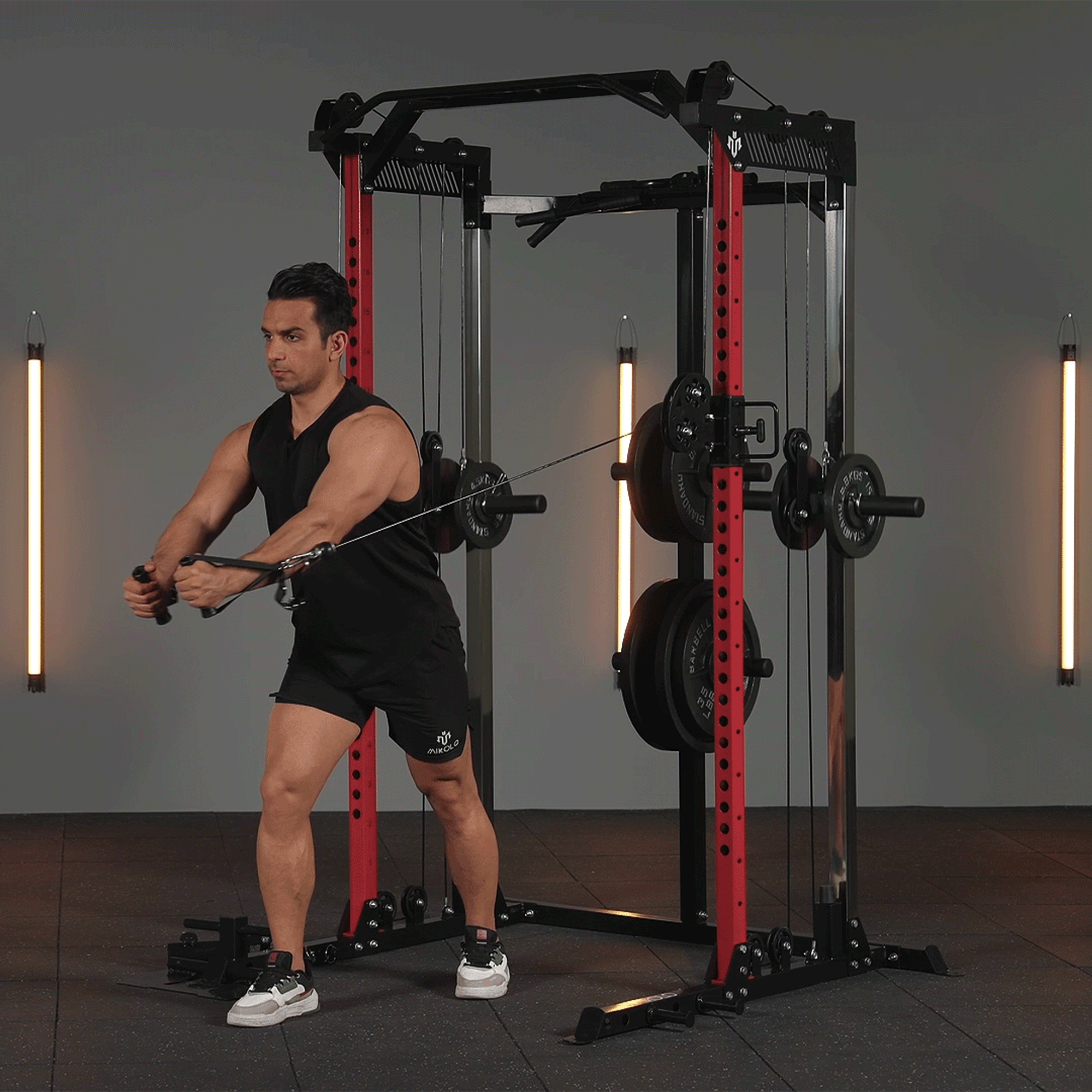


















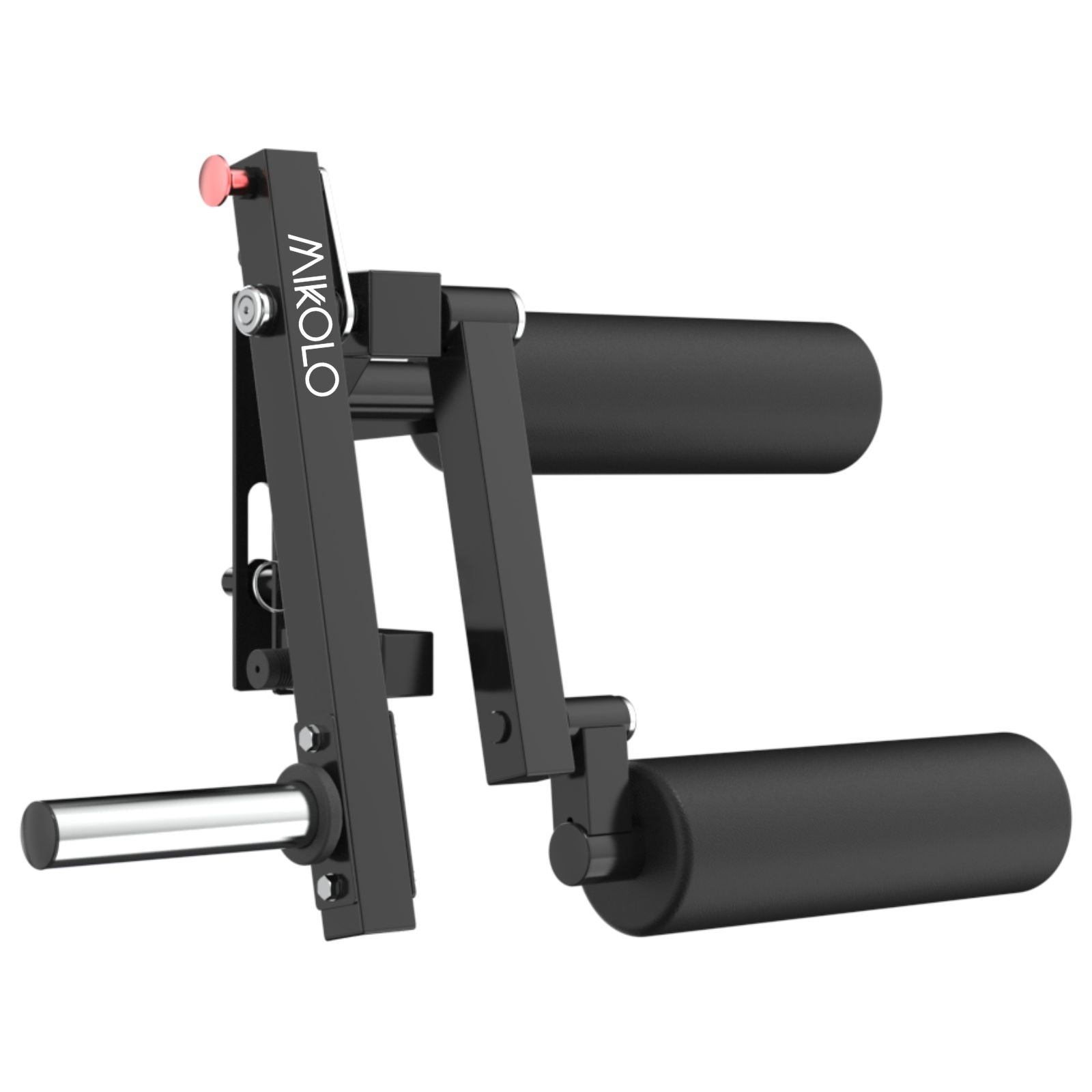















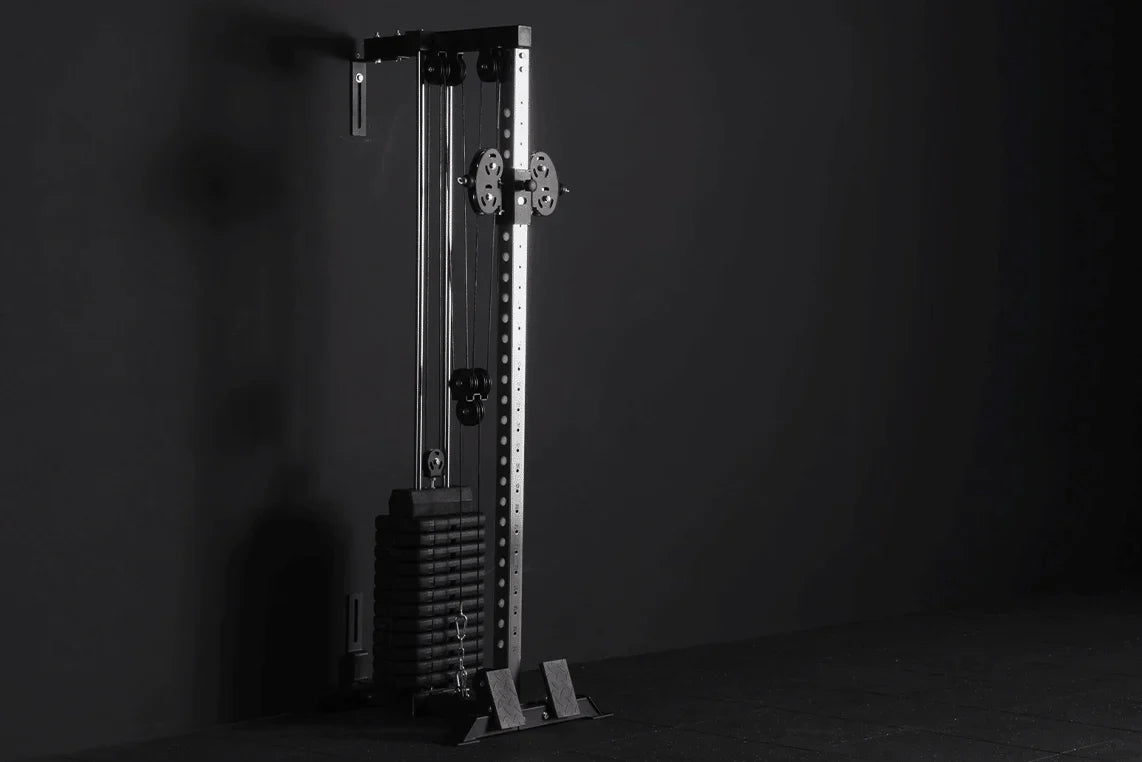
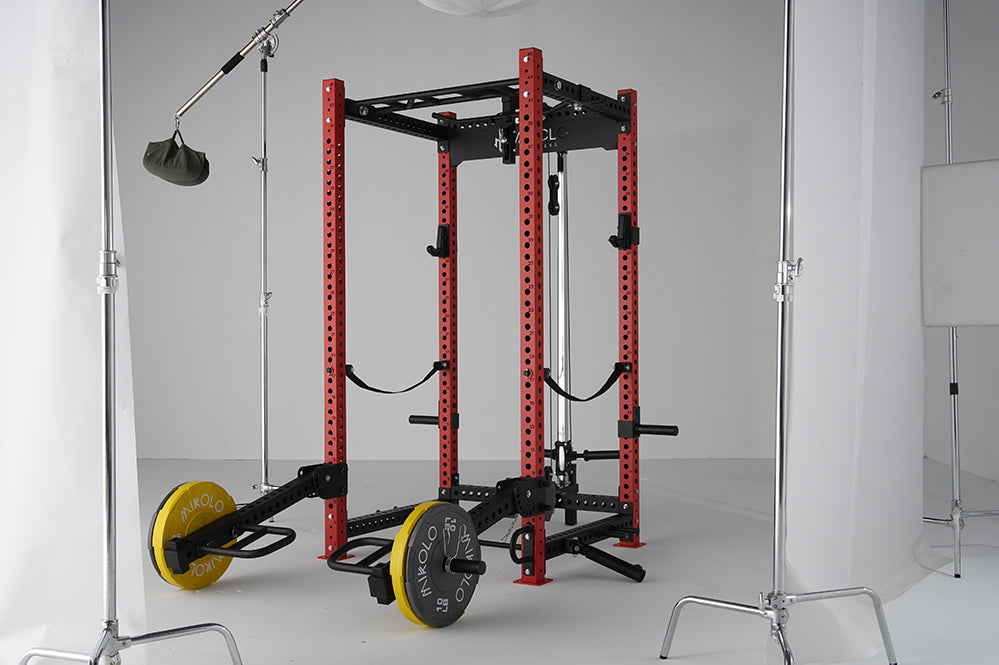
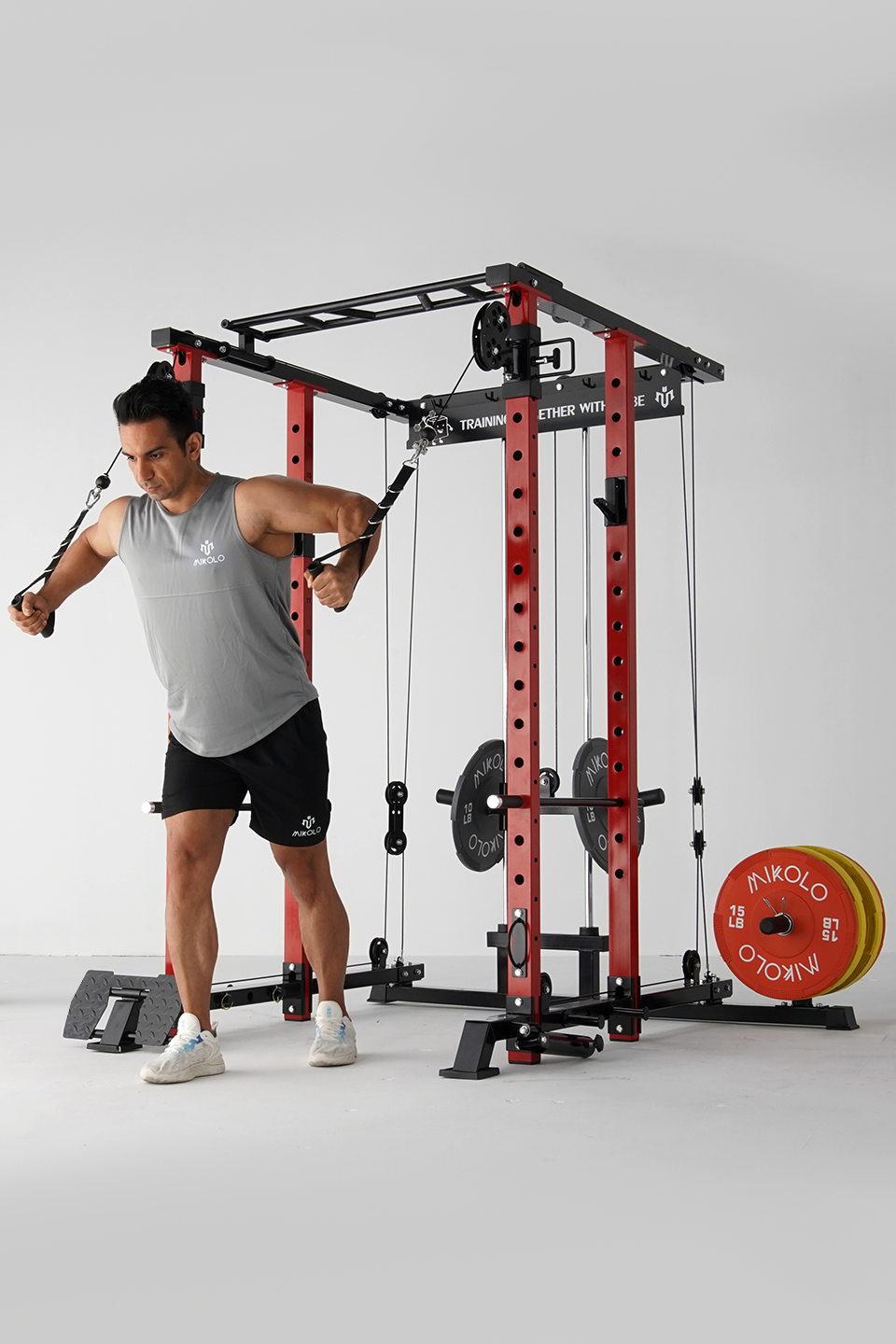
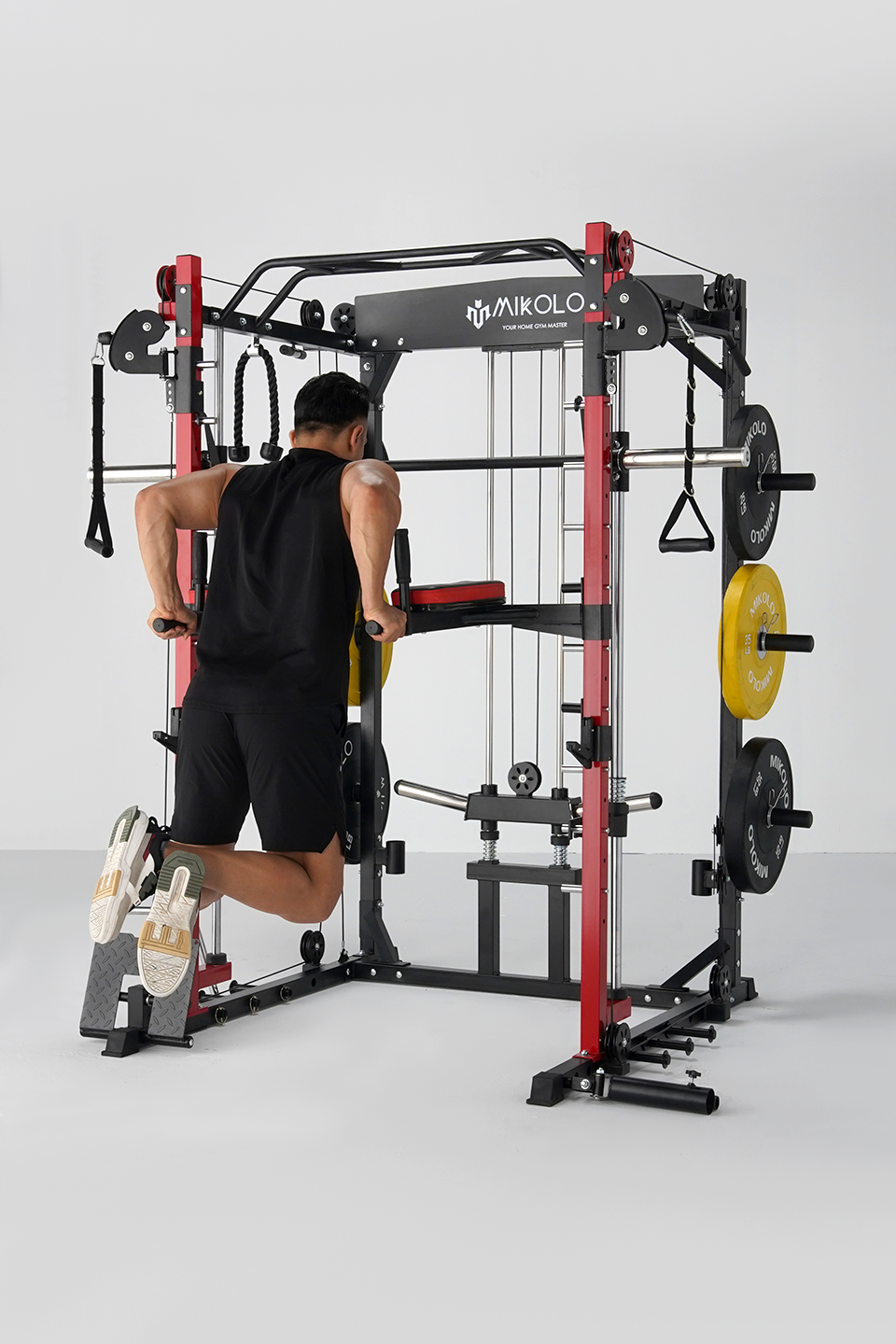


Leave a comment
This site is protected by hCaptcha and the hCaptcha Privacy Policy and Terms of Service apply.